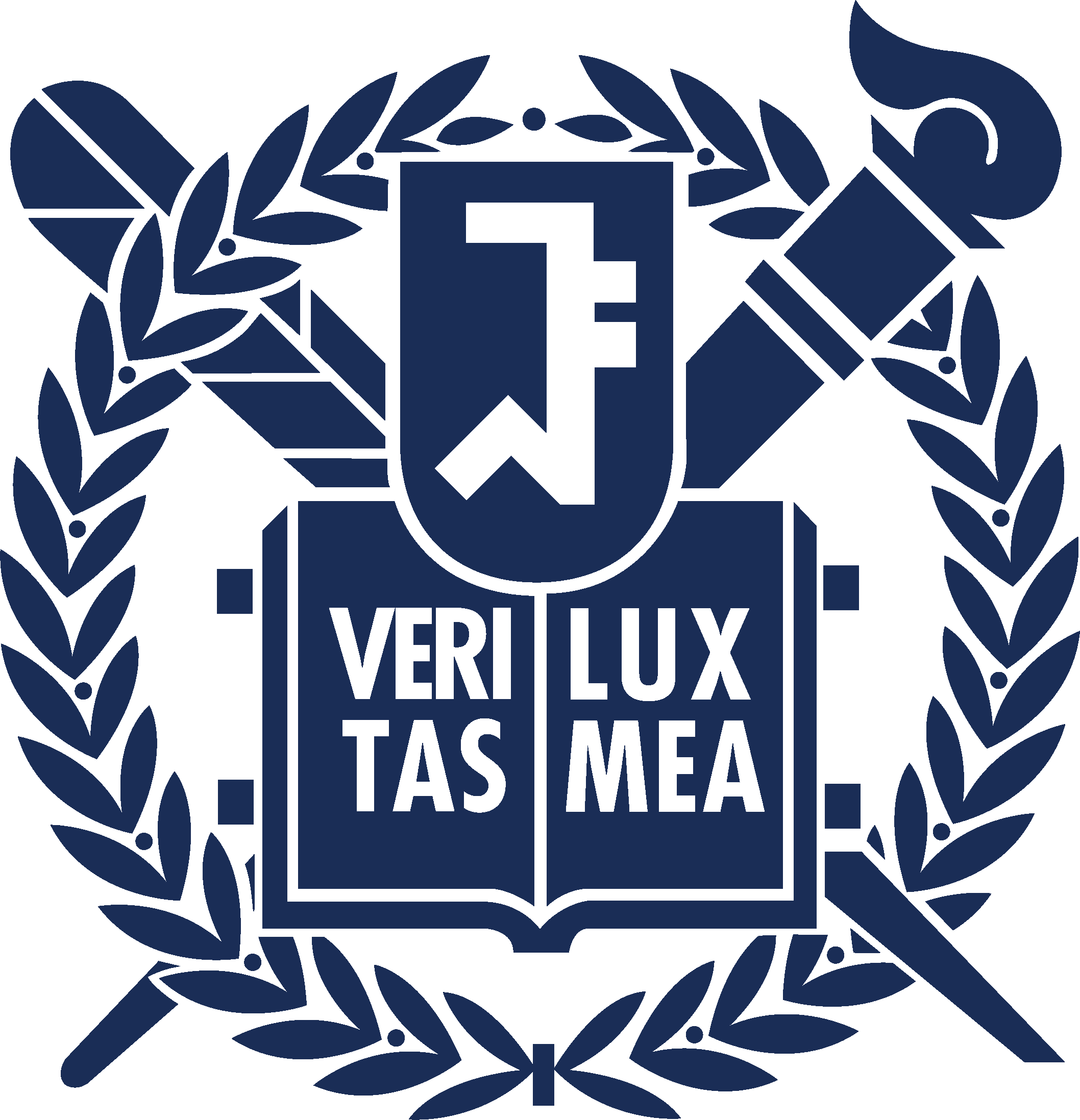Risk assessment during pre-construction phase is important due to the uncertainty of the risks that may exist in projects. Risk checklist is a method to systematically classify and organize the risks that have been experienced in the past, and to identify the risk factors that may be present in the future projects. In addition, risk value assessment based on checklists plays a key role in risk management, and various risk assessment researches have been conducted to carry out this systematically. However, previous approaches have limitations in common, this is because risk values are evaluated individually in risk checklists, which ignore interdependencies among risk factors and neglect the emergence of co-occurrence of risks. Hence, when multiple risk factors cooccur, they cannot be far off from the conventional method of summing the total risk value to establish the risk response strategy. Most of risk factors are interdependent and may have multiple effects if occurred than expected. In particular, specific cause can be overlapped if multiple risks co-occur, and this may result in overestimation of the risk response for the future project. Thus, the objective of this research is to propose a model to help decision makers to quantify the risk value reflecting the interdependency during the identification phase using existing risk checklist that is currently being practiced in actual construction projects. The proposed model will provide the guideline to support the prediction and identification of the interdependency of risks in practice. In addition, the better understanding and prediction of the exceeding risk response by co-occurring risks during the risk identification phase for decision makers.
